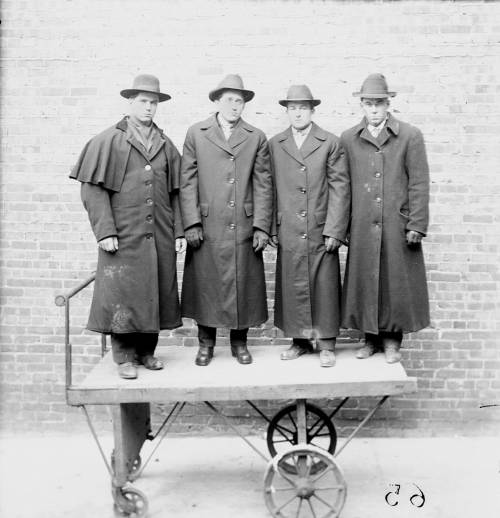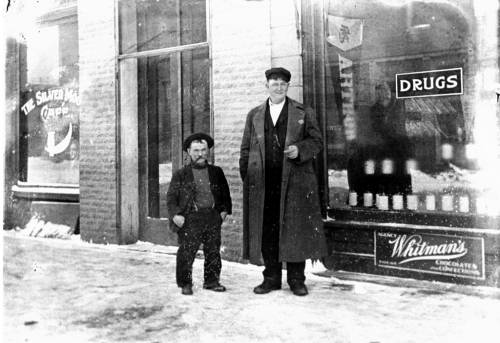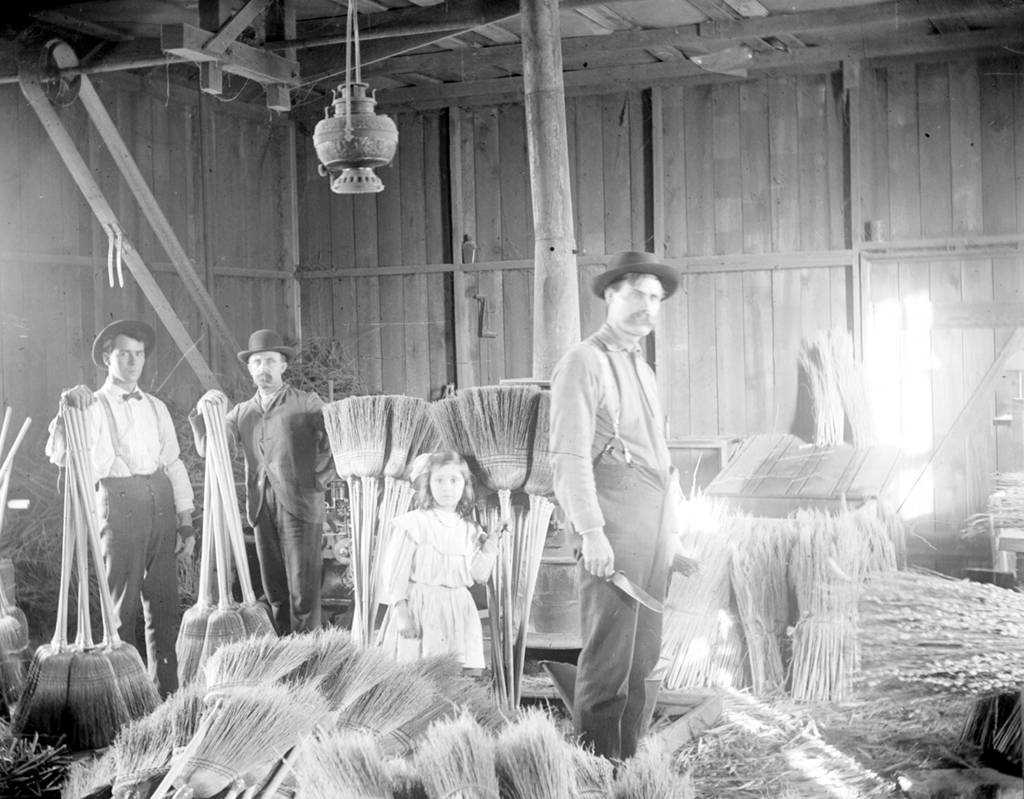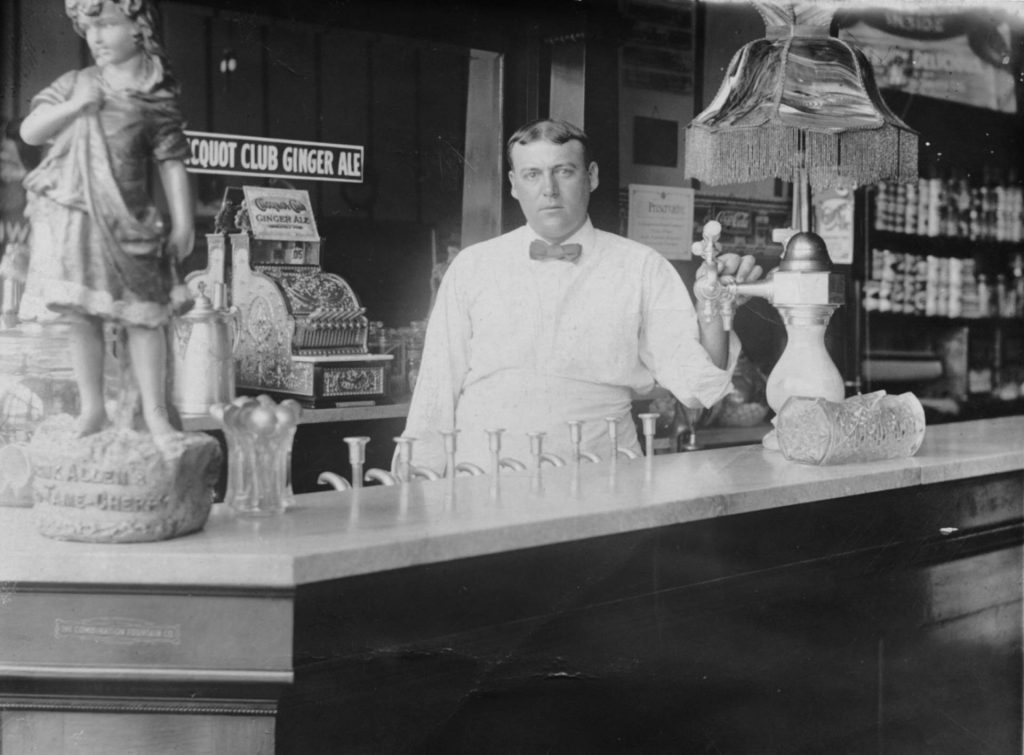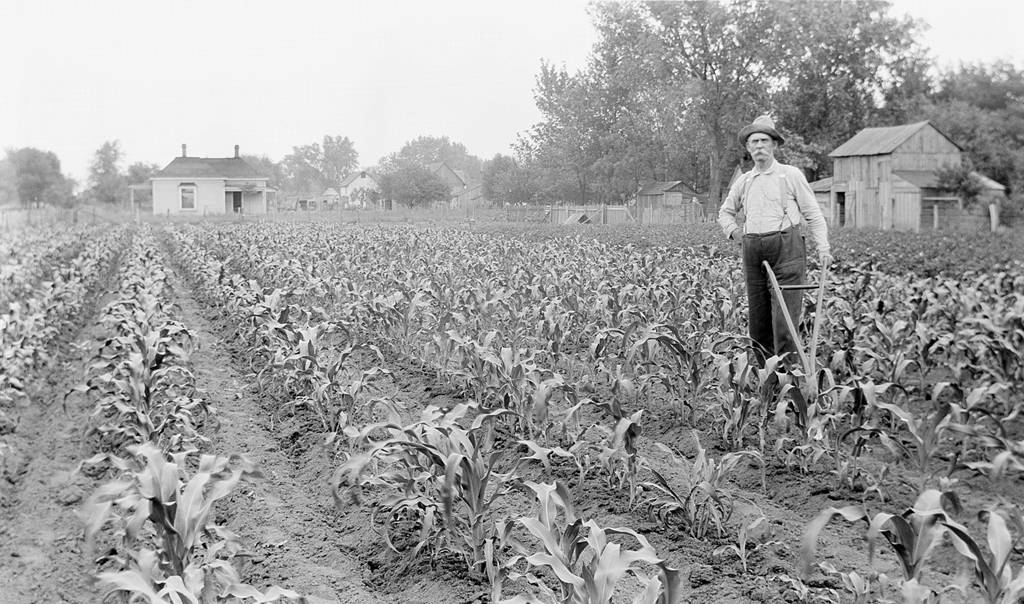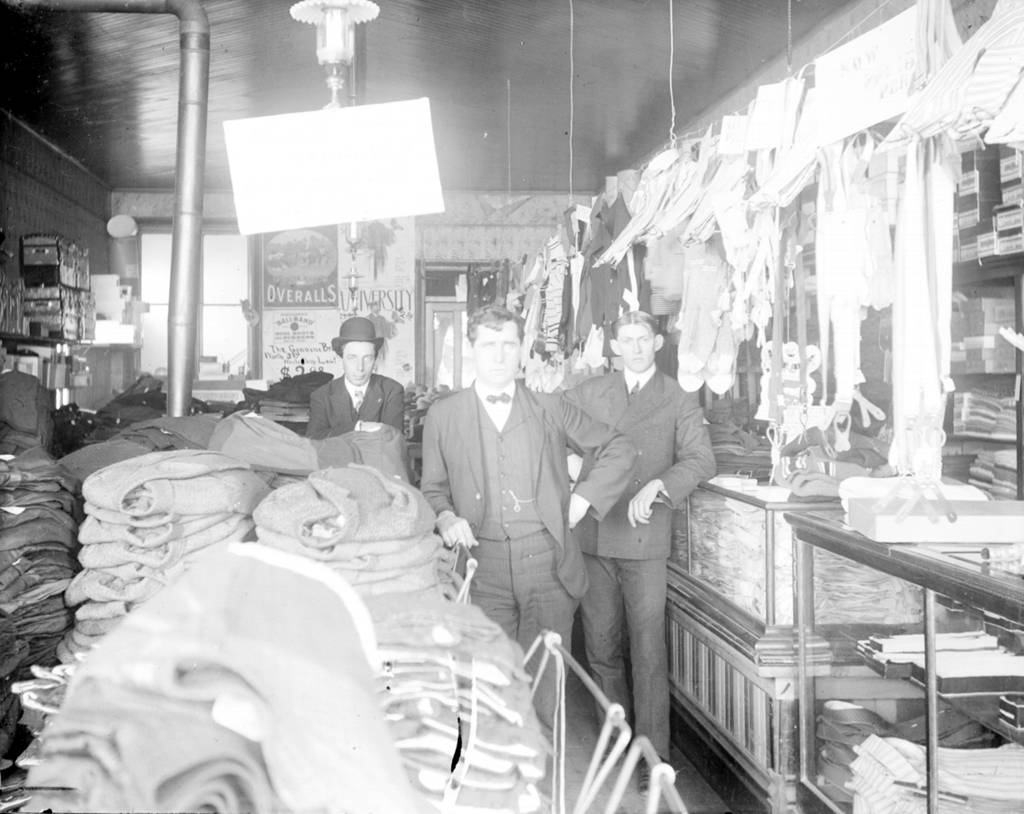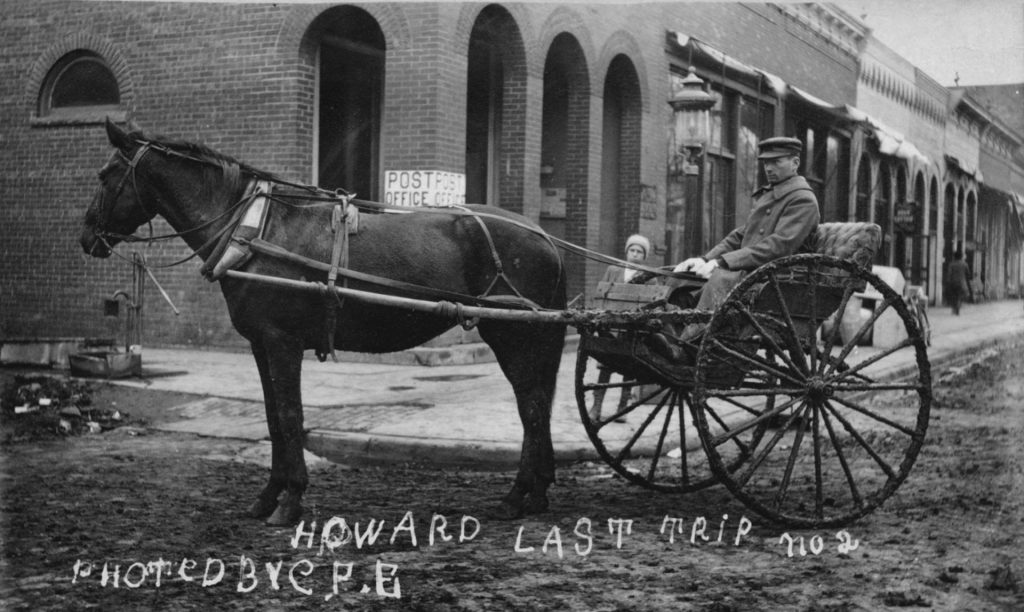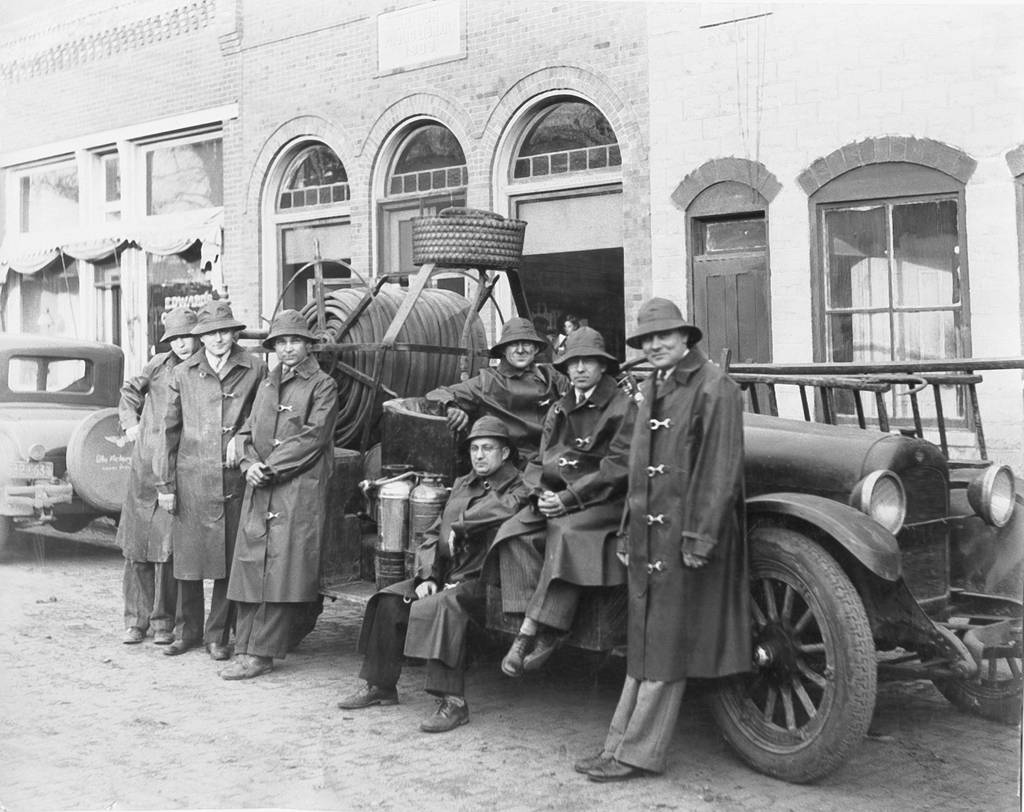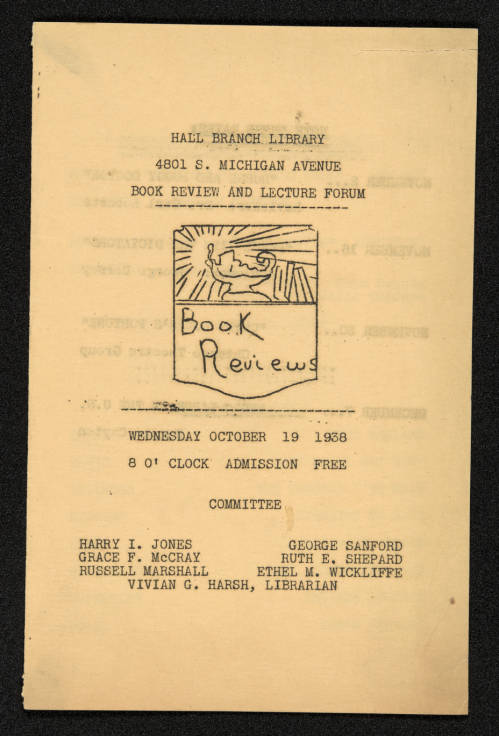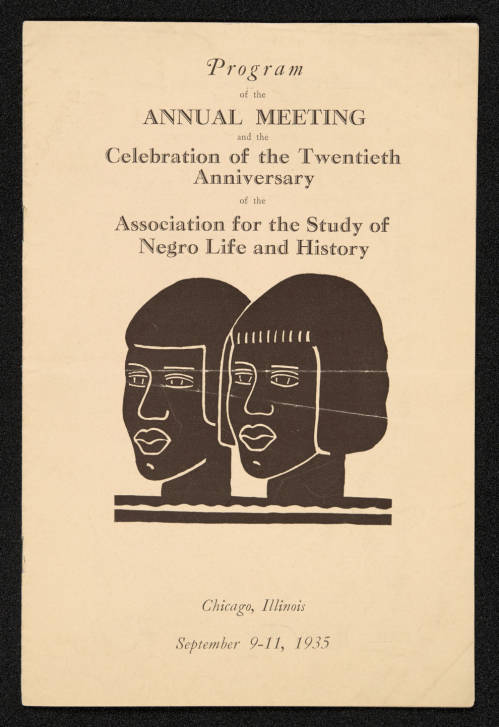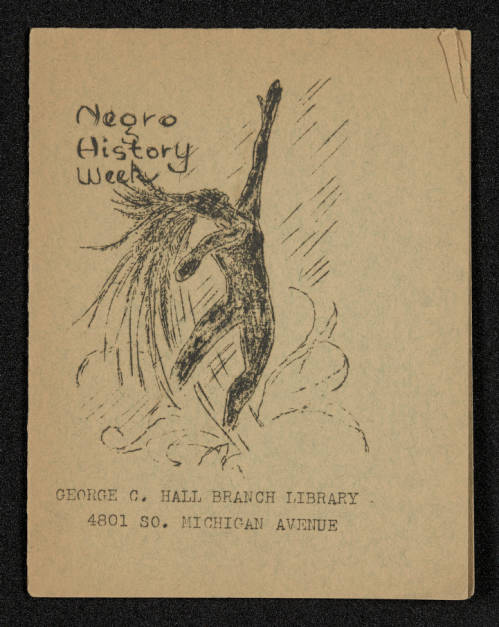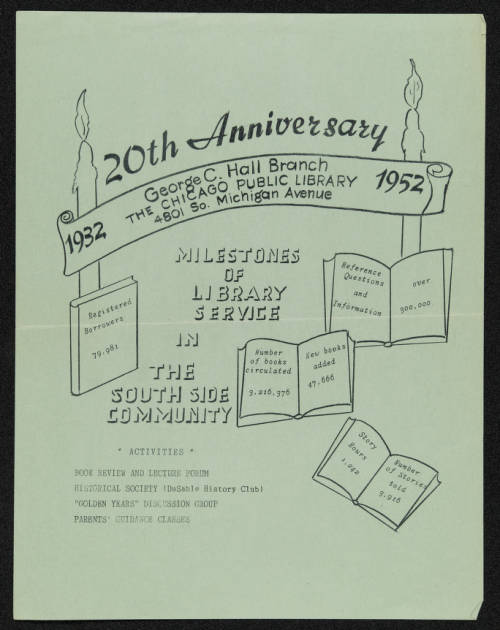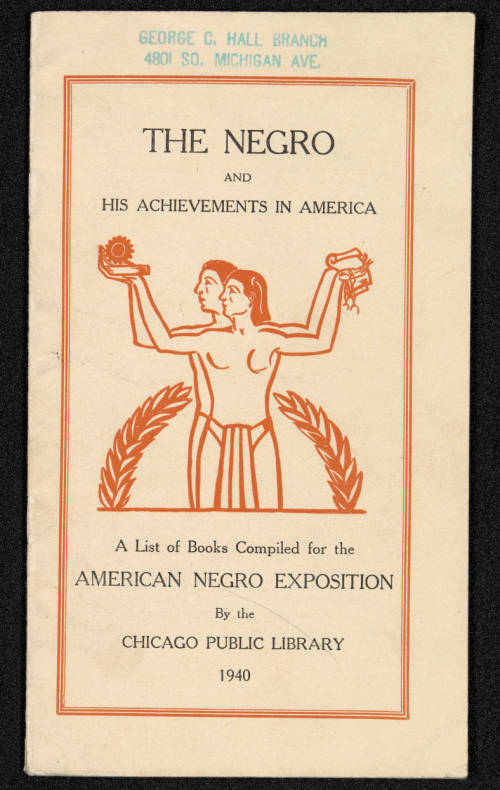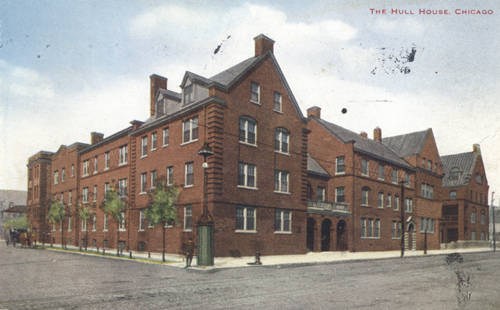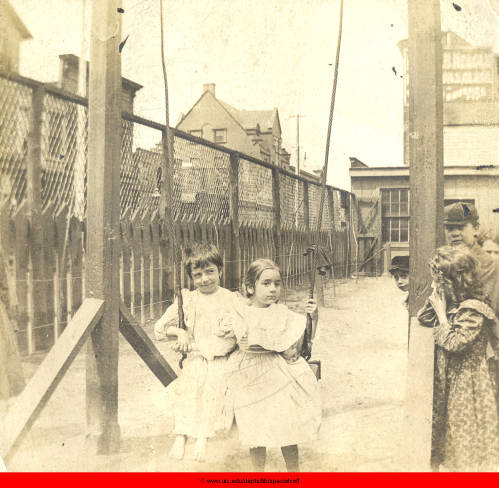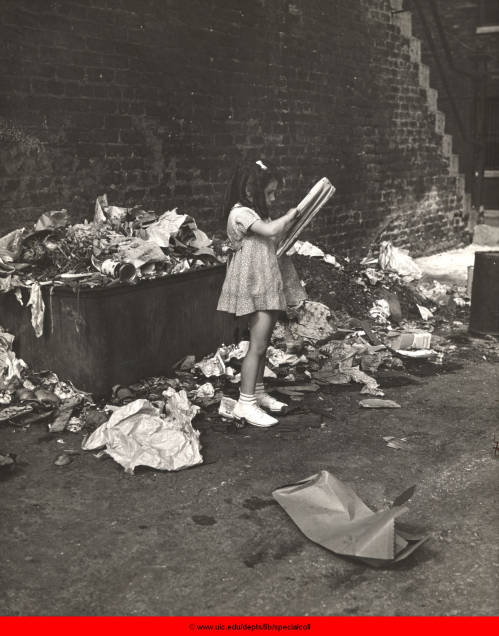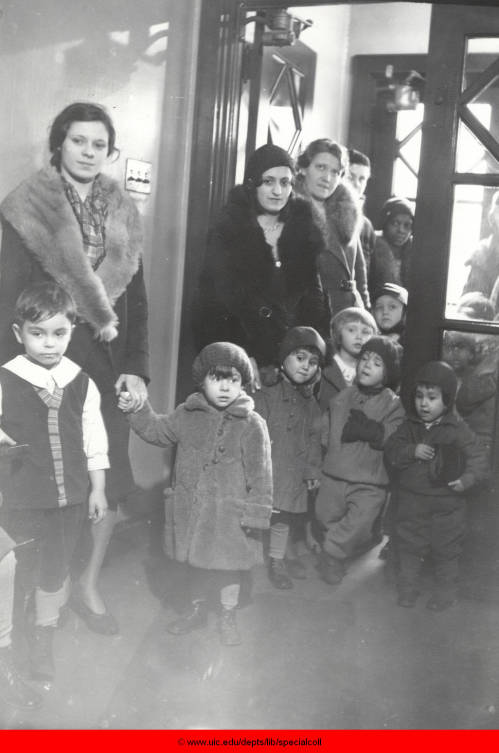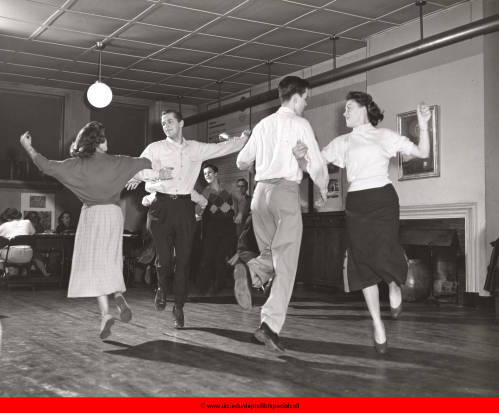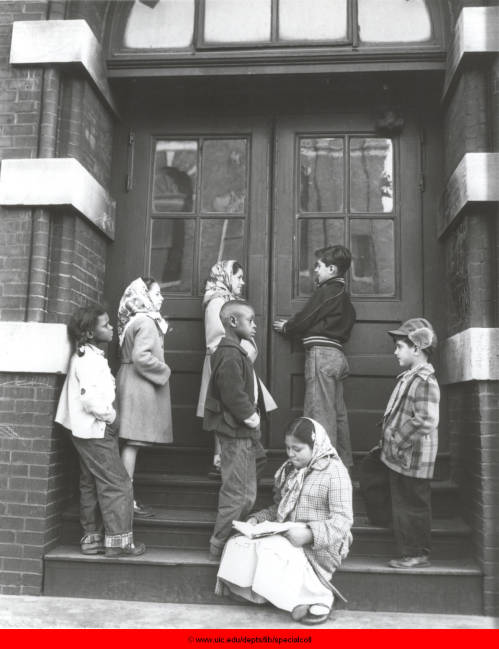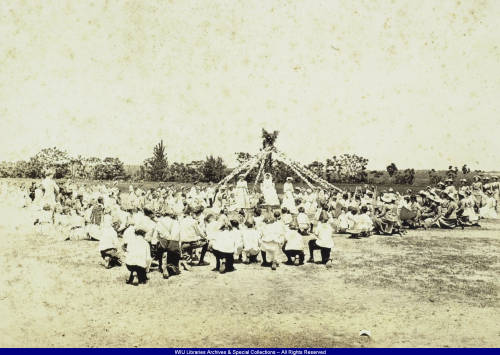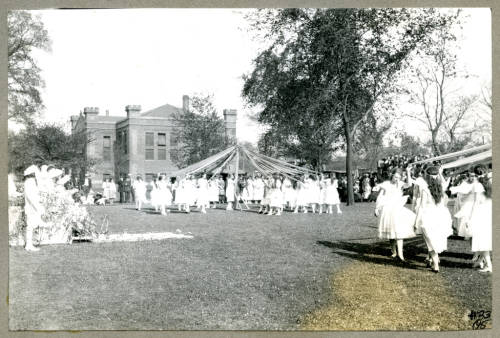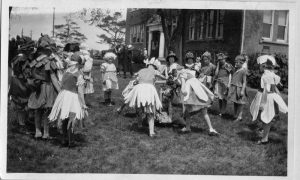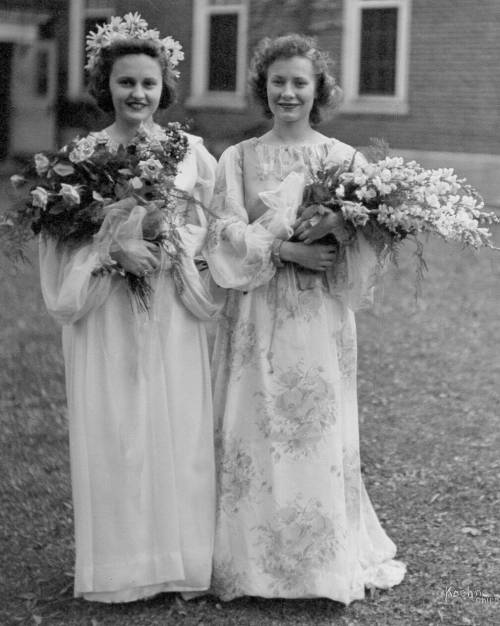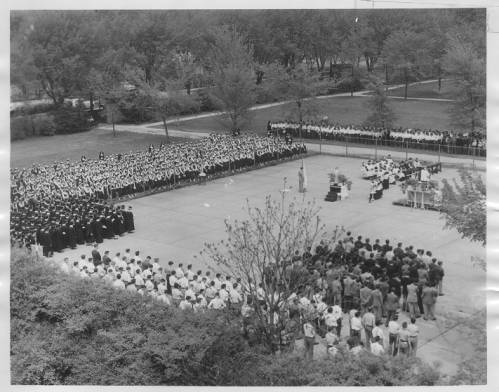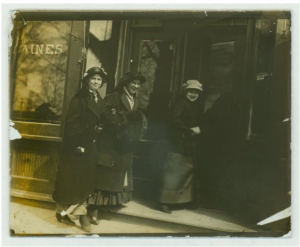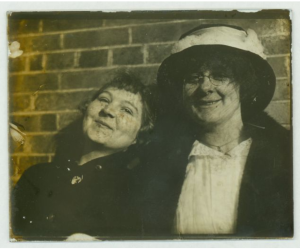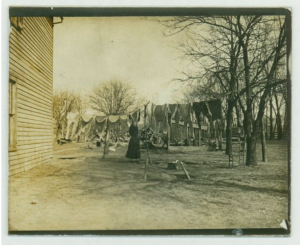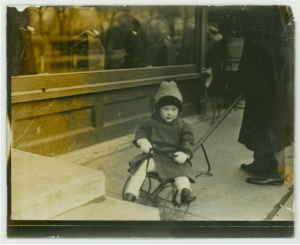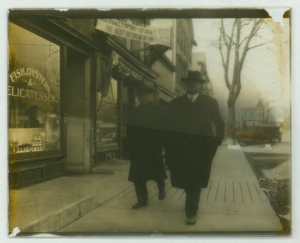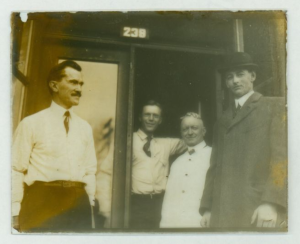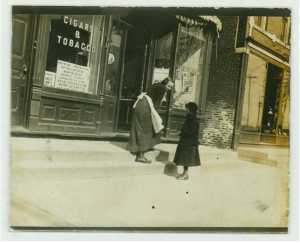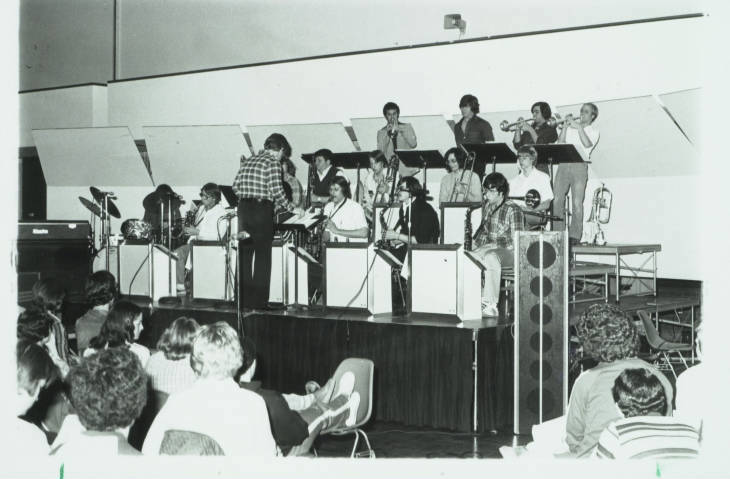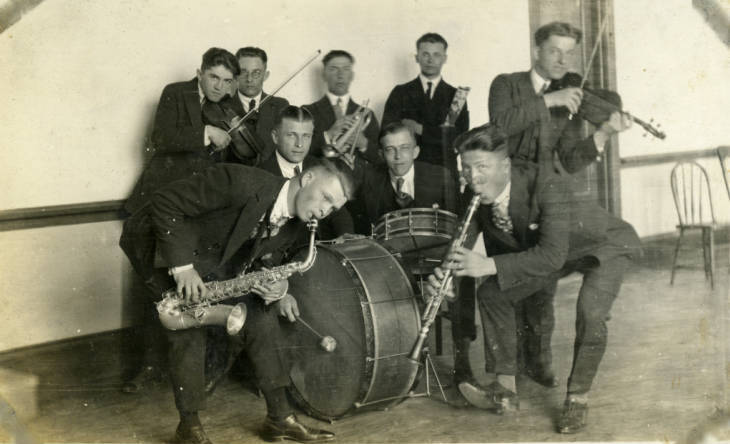After so long spent in uncertainty and, for many of us, isolation, what better way to celebrate the summer than with kisses? July 6th marked International Kissing Day, also known as World Kiss Day. This is an occasion that originated in the United Kingdom, and was adopted around the world in the early 2000s. Although in general kisses tend to be associated with romance, we hope to highlight these intimate moments between a variety of people (and creatures) to show how love and closeness is available to anyone.
The people you see in these photos are not public figures. They are not famous. I was drawn to them for this reason – I liked that these images felt relatable, and that they all shared moments of genuine joy, love, and excitement captured in time. My hope is that when others see them, they too will feel those moments and remember that they’re not alone.
Here are a few images of kisses to make you feel that sense of togetherness this summer:
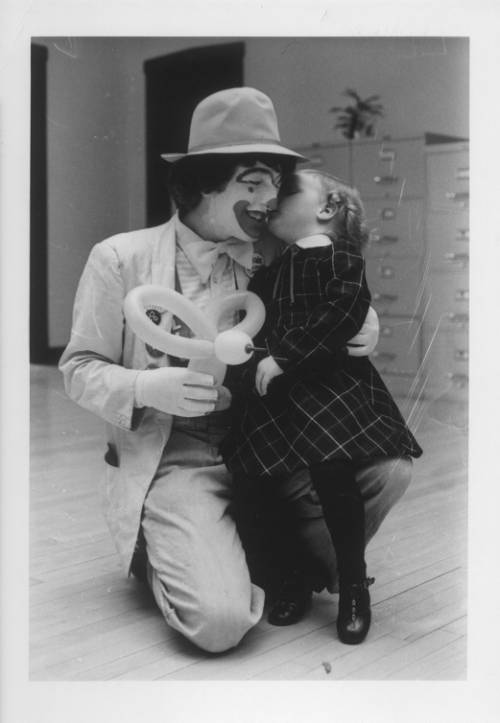
Kissing a Clown – ca. 1980-1989. Circa 1980-1989. University of St. Francis. Sharing Our Past, A Visual History. Courtesy of the University of St. Francis.
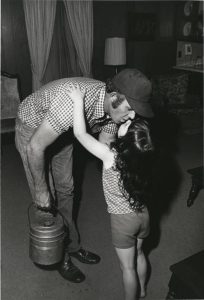
Miner and daughter. Circa 1966-1976. Southern Illinois University Carbondale. Doc Horrell Photo Collection. Courtesy of Southern Illinois University Carbondale.
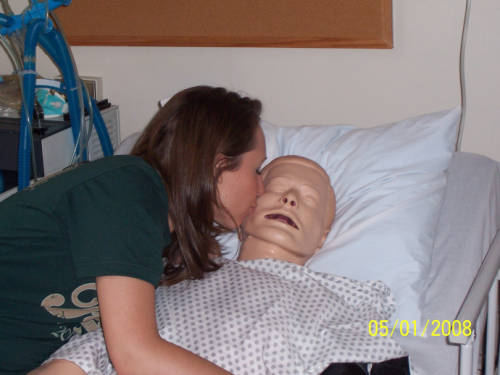
School of Nursing Students. May 1, 2008. Illinois Wesleyan University. IWU Historical Collections. Courtesy of Illinois Wesleyan University.
View the full Sharing Our Past, A Visual History Collection, C. William Horrell Photograph Collection, and the IWU Historical Collection on the IDHH.
View more items related to kissing on the IDHH.
